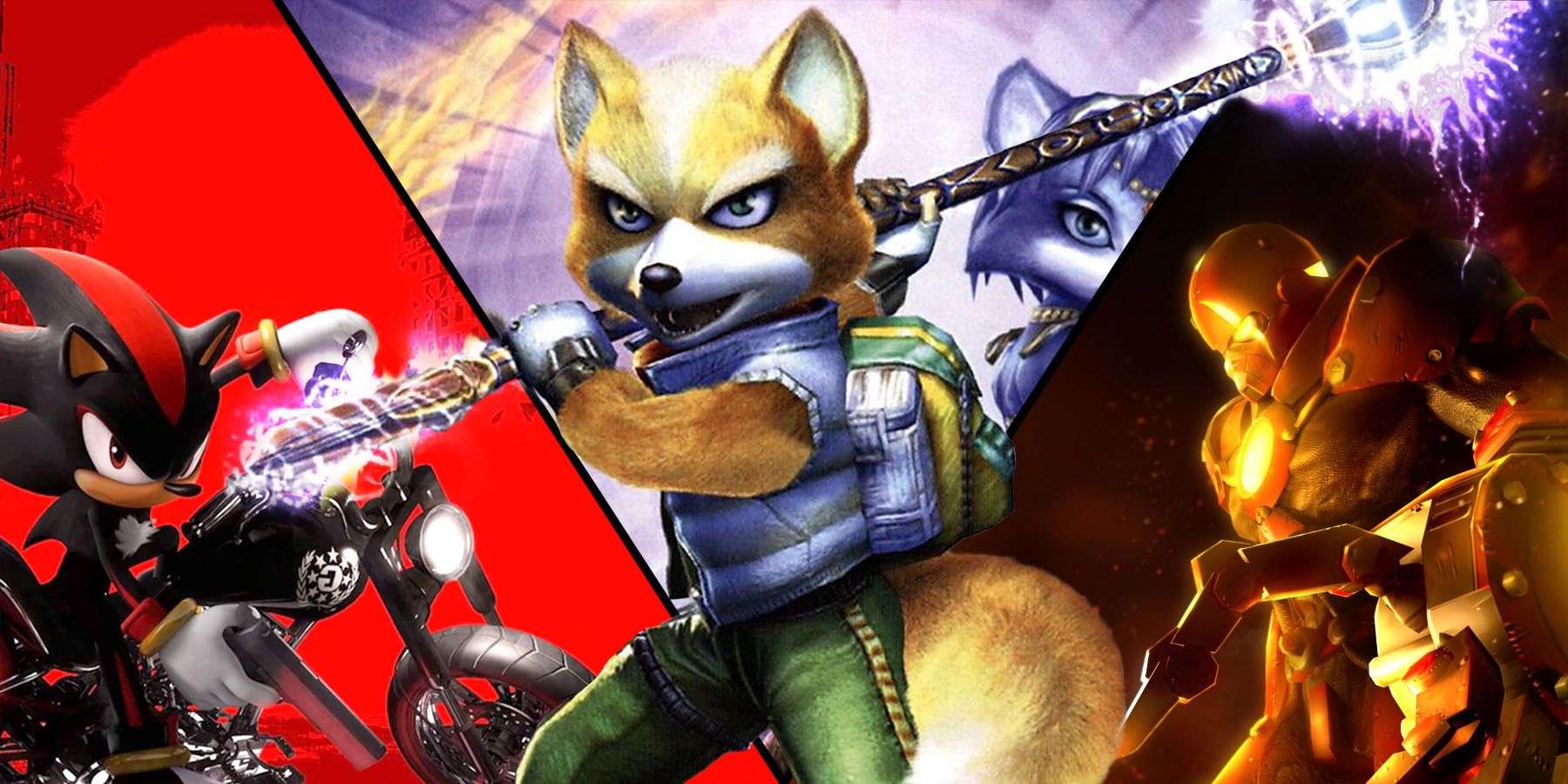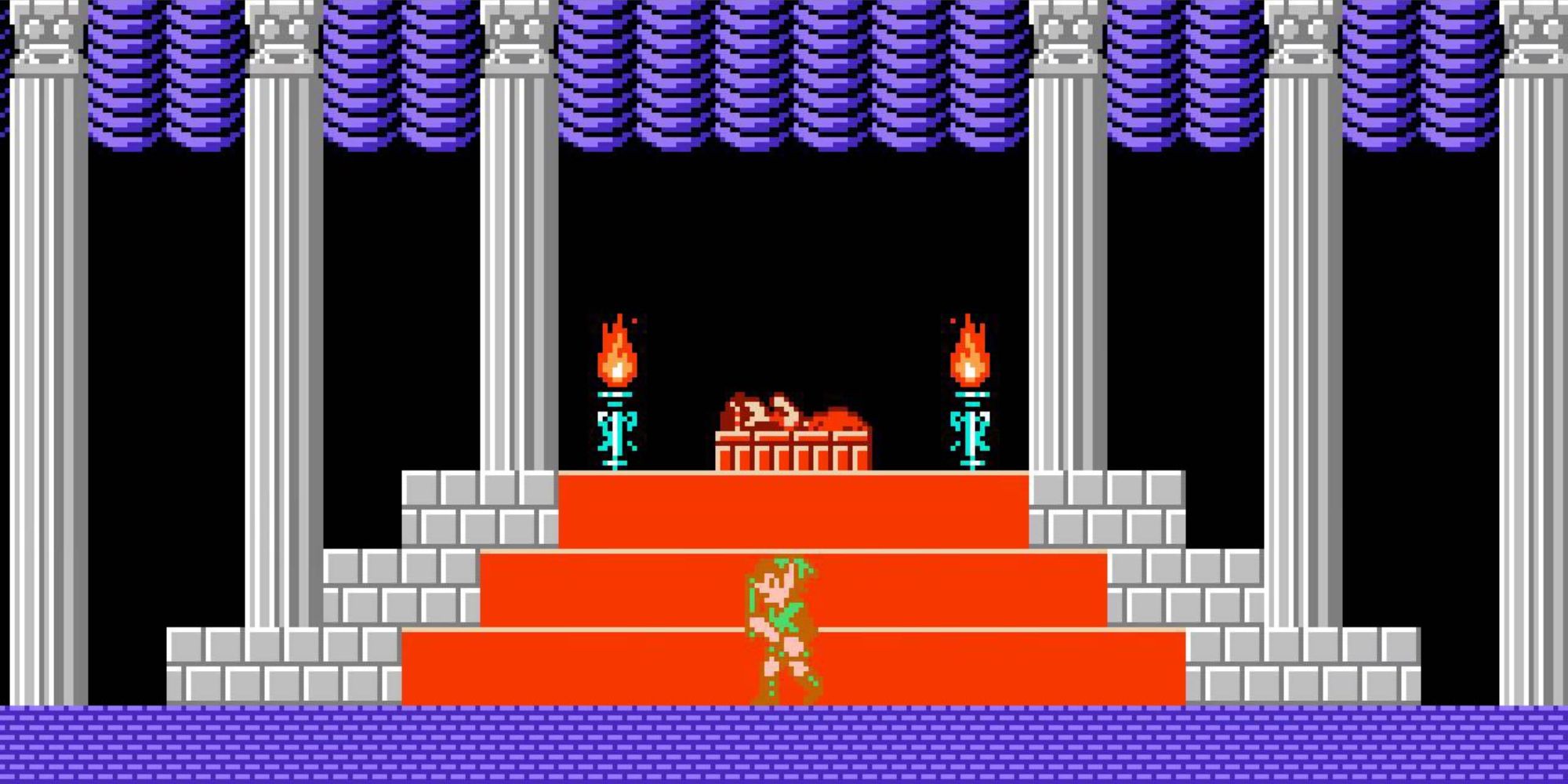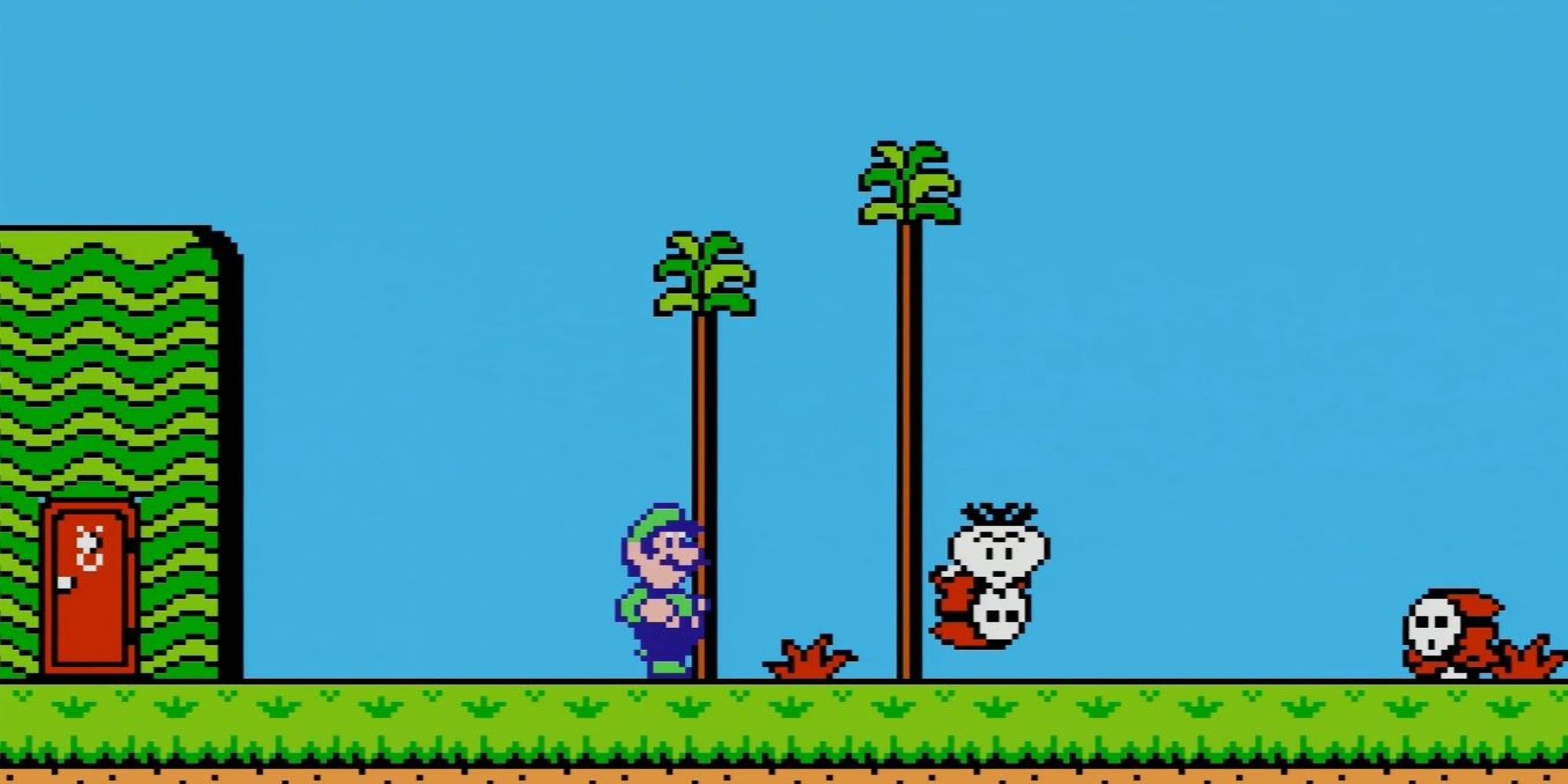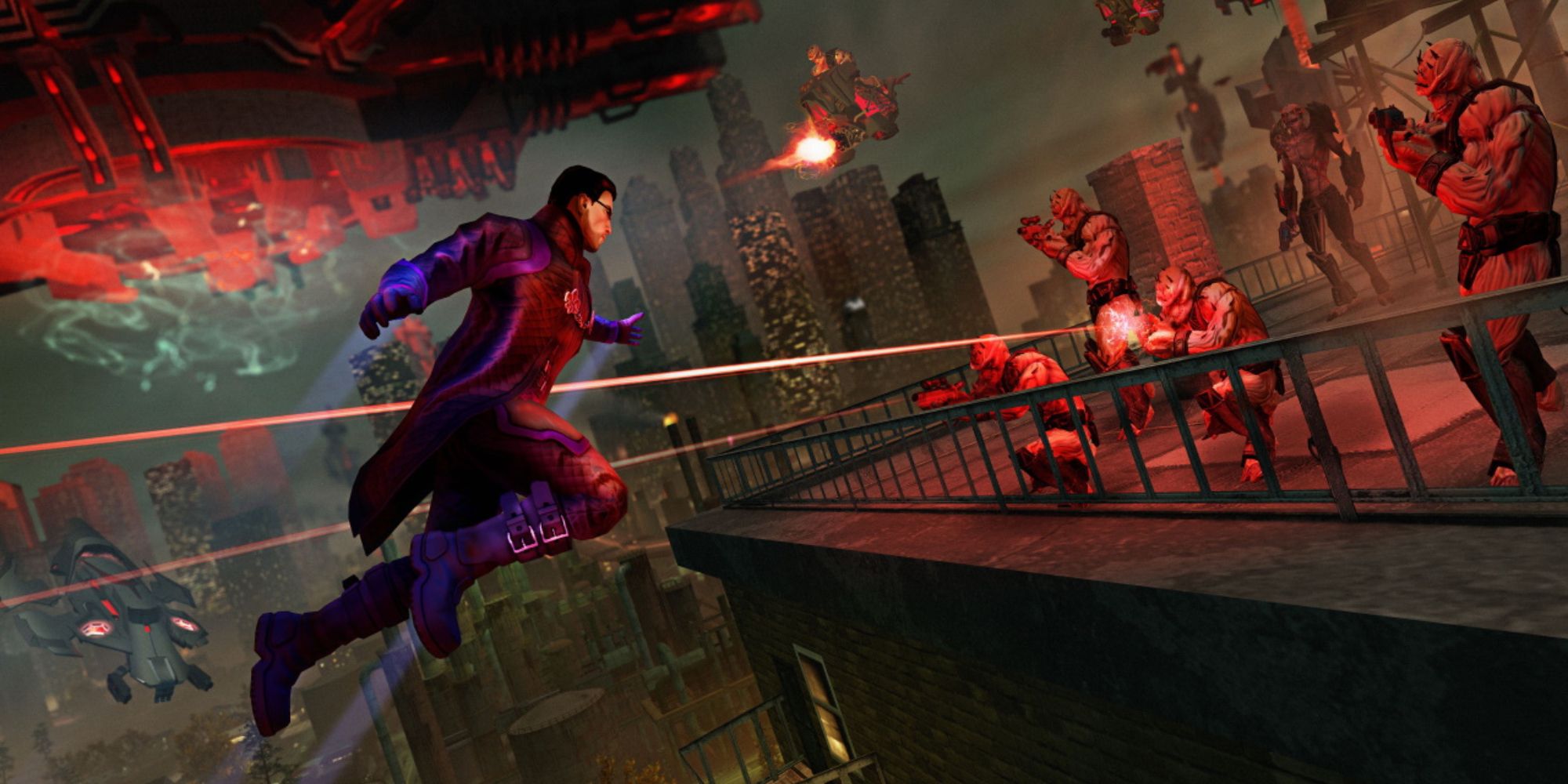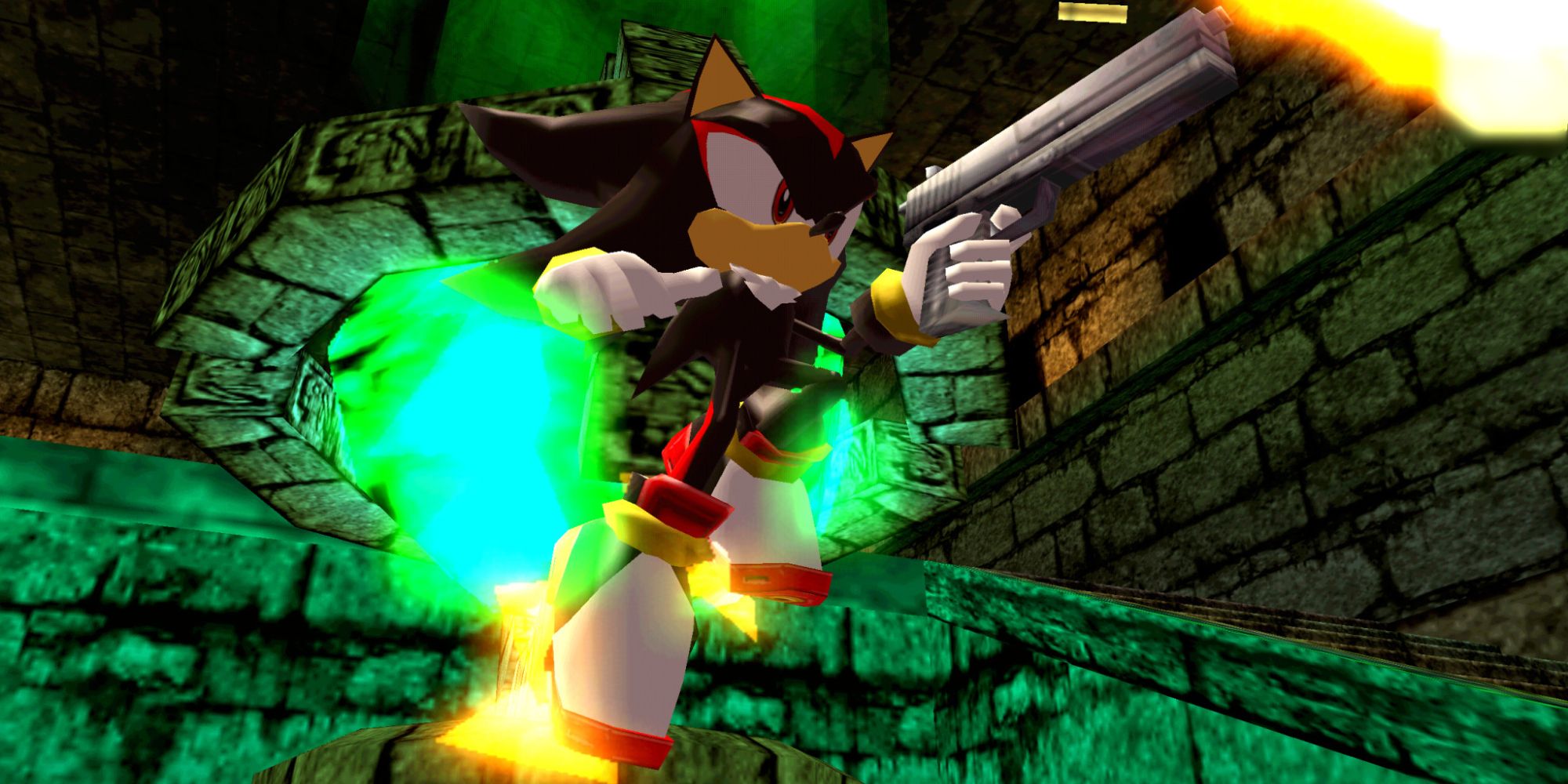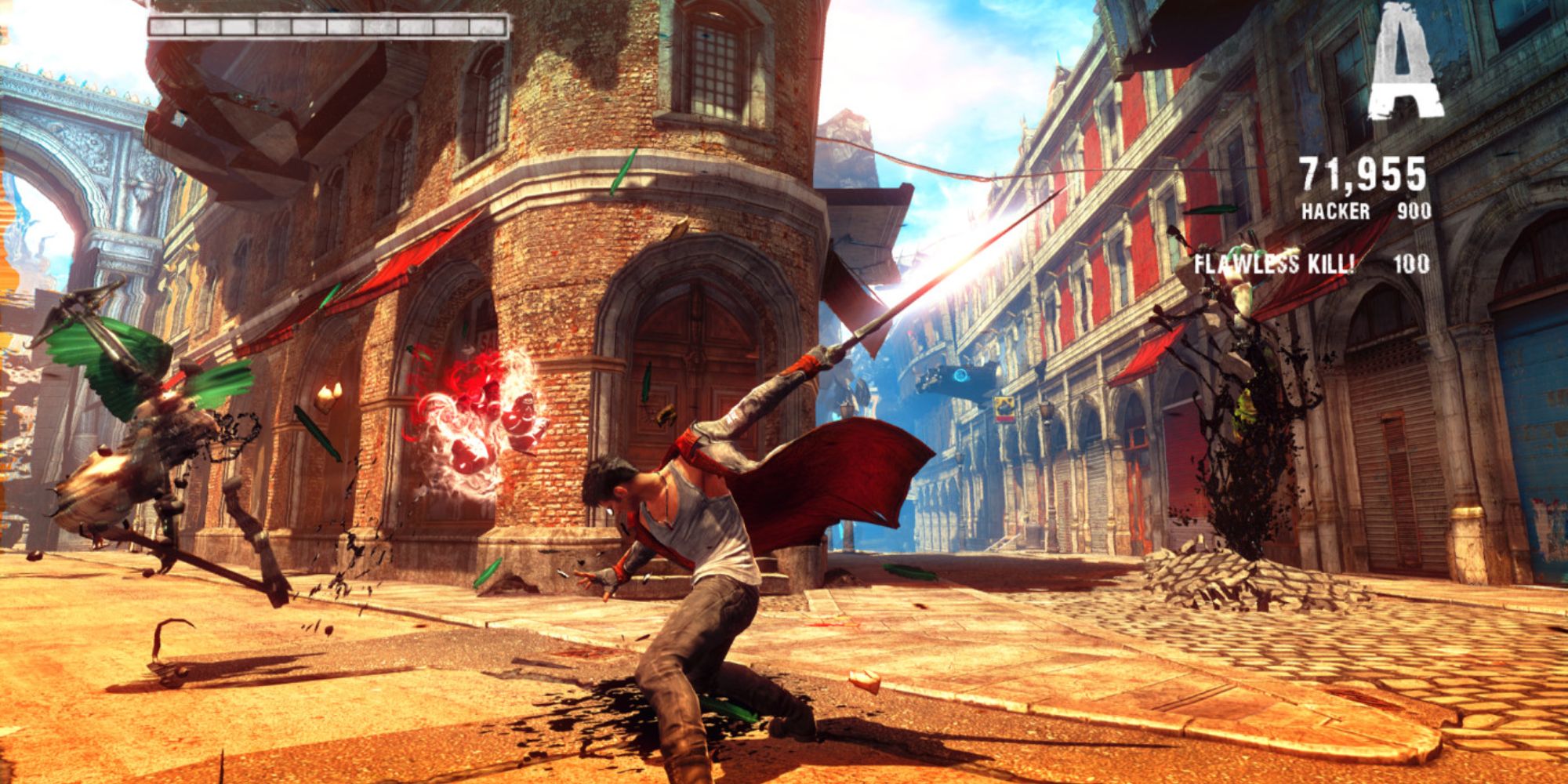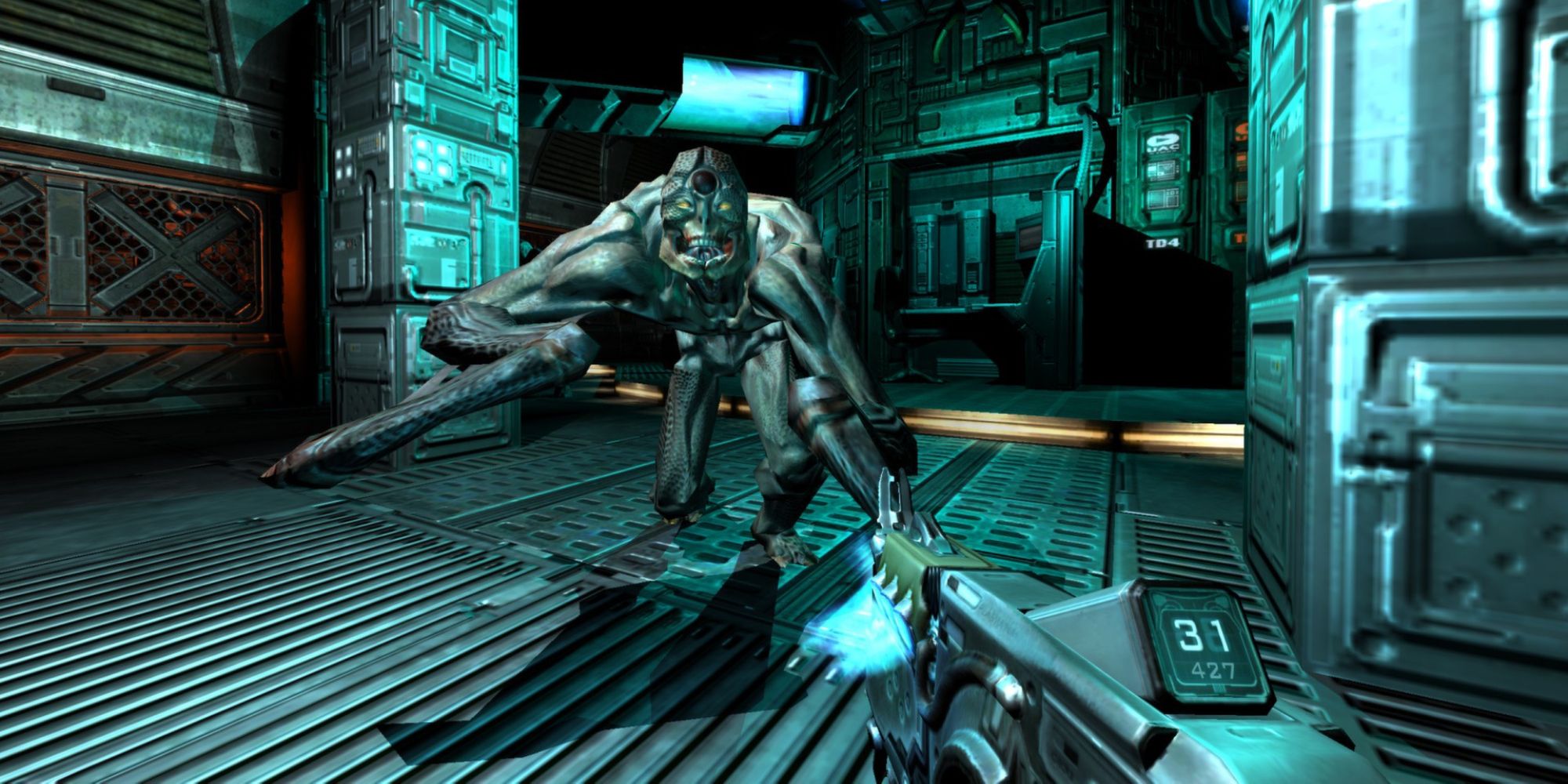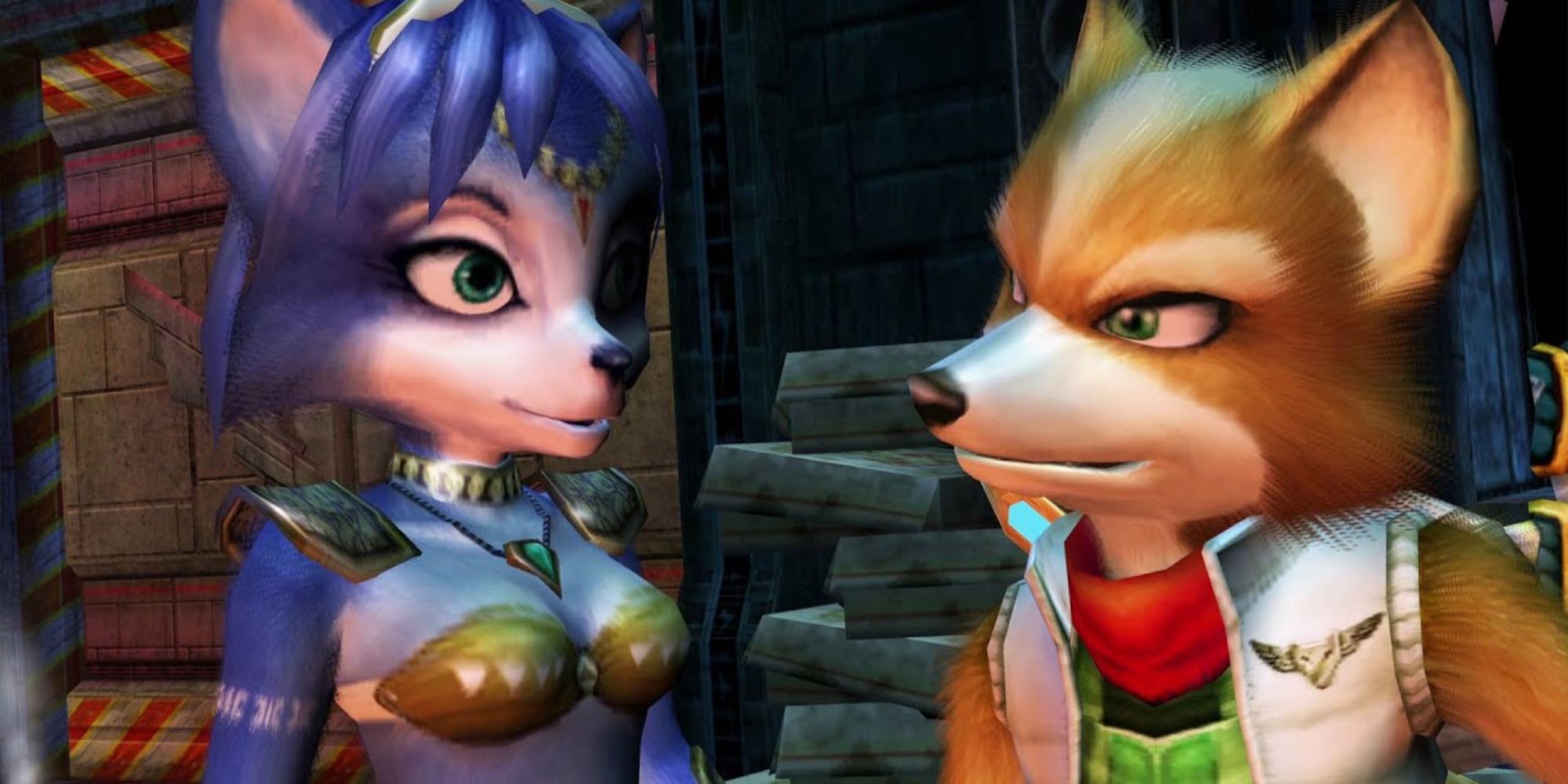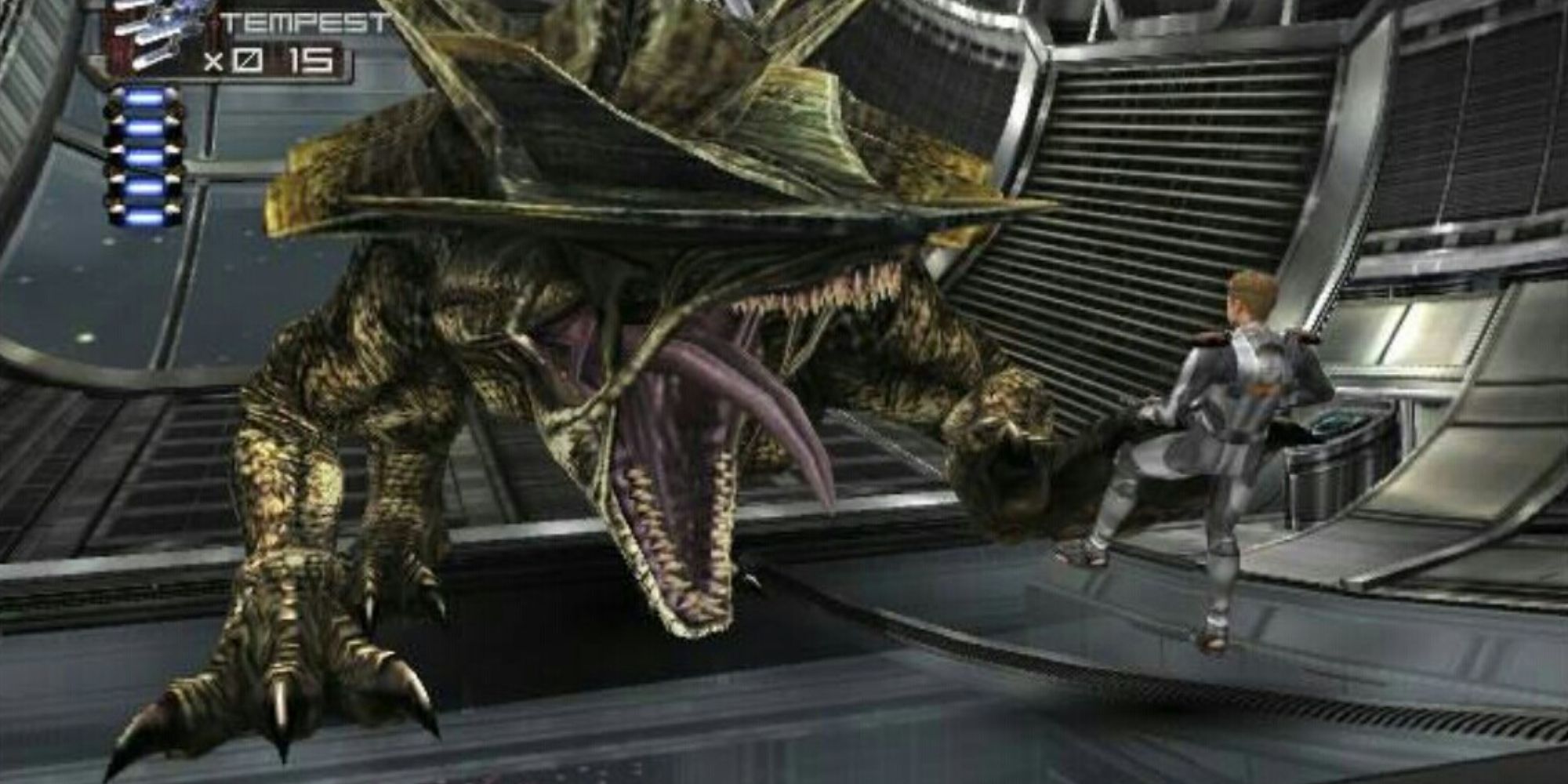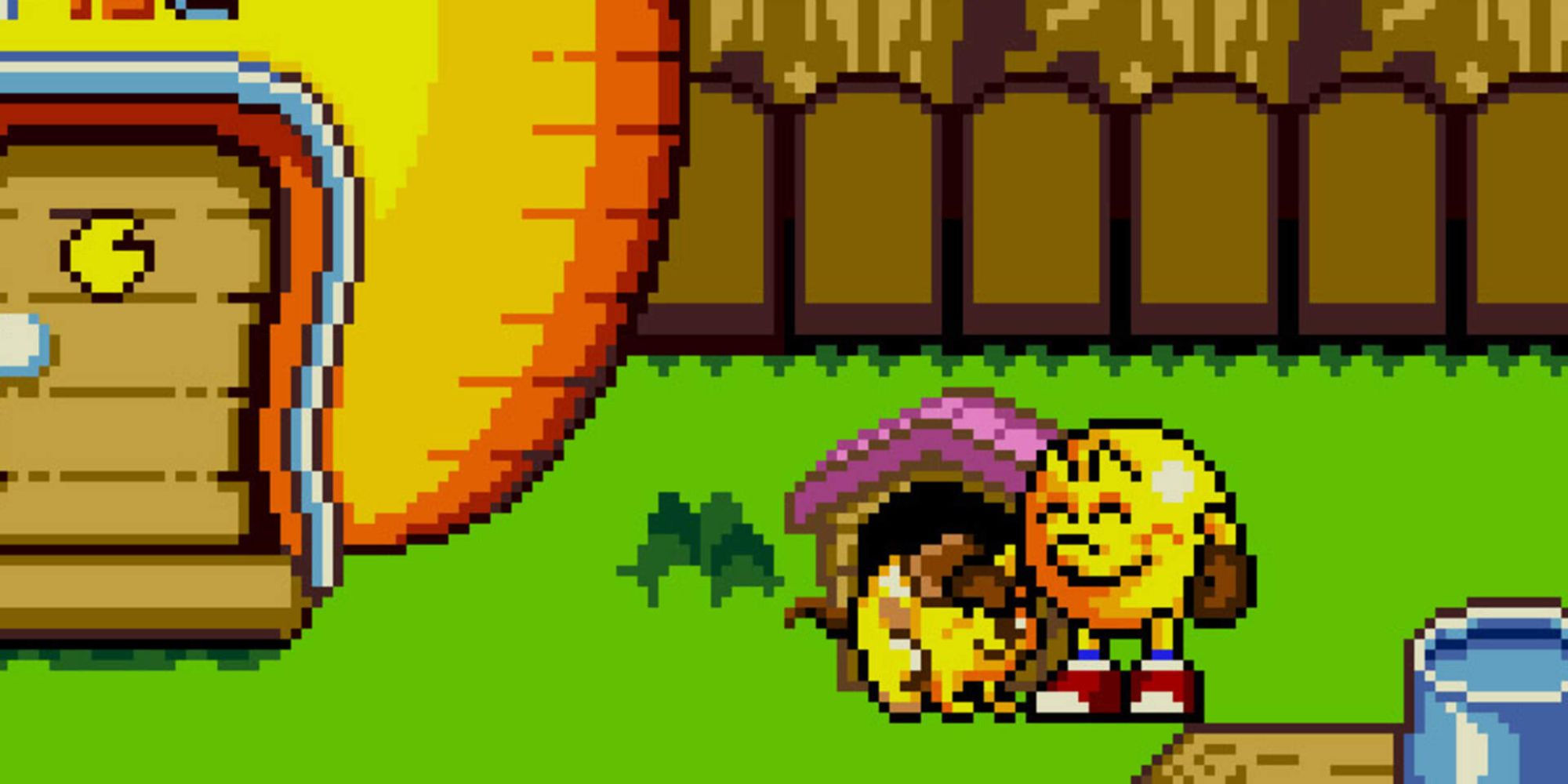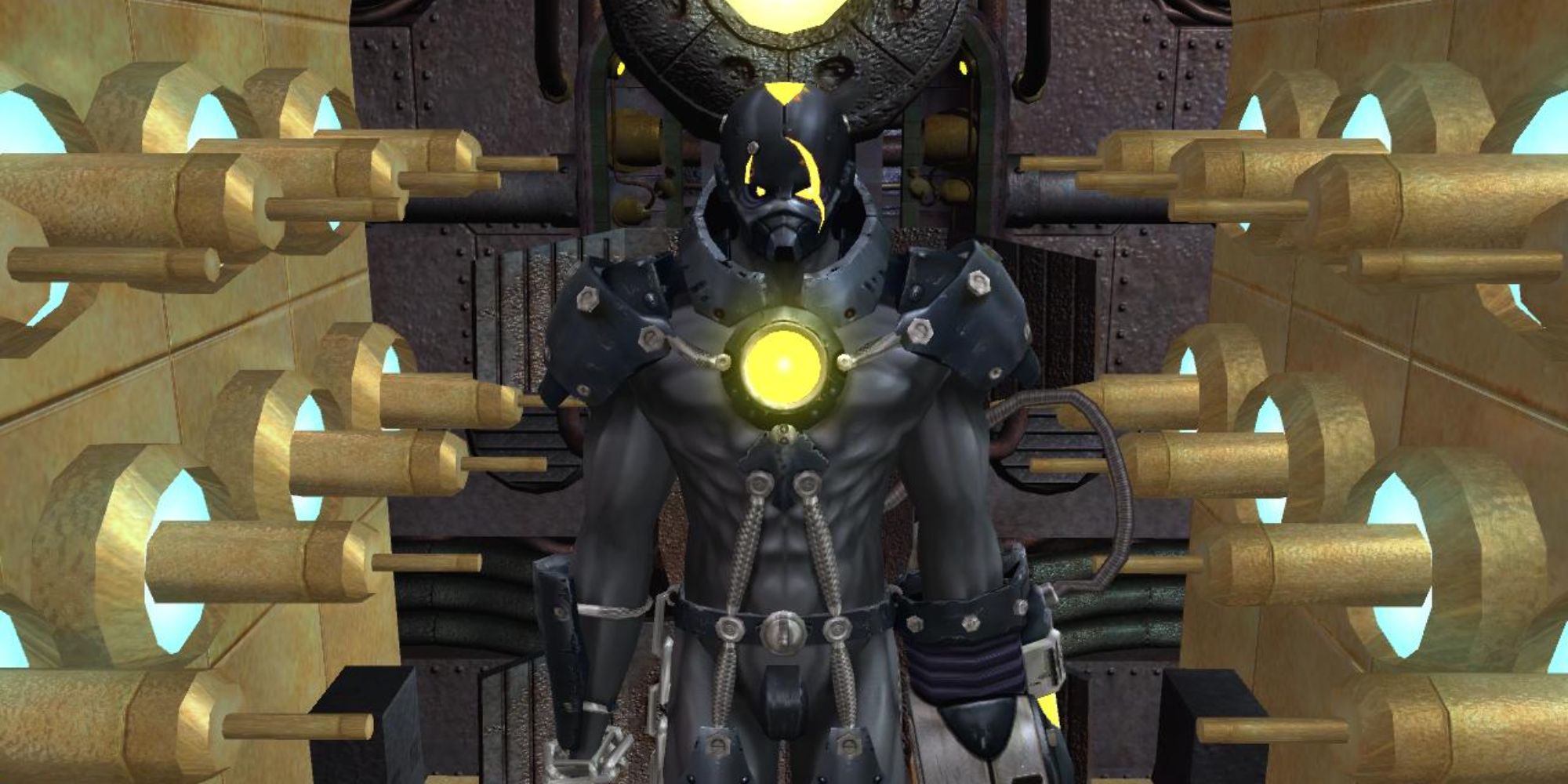Sequels are common in gaming, as players fall in love with worlds and characters and want to spend more time with them. Usually, sequels are built on the games that came before. They build on what worked, improve on what didn’t, and generally give players what they expect.
Then there are the sequels that go off the rails a little. These sequels decided that it wasn’t enough to build on what came before, they wanted to do something more. Sometimes these experiments successfully add unexpected new elements to a franchise, while other times these sequels are so baffling it makes players wonder why they made them at all.
10 Zelda II: The Adventure of Link
The Legend of Zelda series has a particular formula, but it wasn’t until A Link to the Past that this formula was really defined. However, the SNES sequel built off the first game on the NES in a way that made sense, keeping its top-down view and sense of exploration.
It wasn’t the first sequel though, as Zelda II released on the NES a year after the first game and is considered to be the black sheep of the series. It mostly moved to a side-scrolling view, had a confusing world with little explanation, and lacked a lot of what made the first game so special. It’s a strange title that does have its fans, but it’s rarely named as a favorite.
9 Super Mario Bros 2
The original Super Mario Bros was a hard act to follow. In Japan, Nintendo would follow it with an iterative sequel that was little more than a super hard level pack. Nintendo in the West wanted something more interesting, and so a plan was hatched. Instead of localizing the Japanese Super Mario Bros 2, they would reskin a different game – Doki Doki Panic – into a different Super Mario Bros 2.
The result was a strange Mario game that played very differently to its predecessor. For one, a lot of the game involved picking up and throwing things, and the simple left-to-right navigation was now a multiroom affair. However, despite its weirdness, it’s still a beloved Mario game and introduced the world to staple characters such as Shy Guys and Bob-Ombs.
8 Saints Row IV
Saints Row began life as a Grand Theft Auto clone, a game all about being a member of a gang and climbing the ranks to become top dog. It was fine, but needed more to stand out and avoid being in the shadow of Rockstar forever. As the series progressed, it added a few personality flairs of its own, eventually becoming bigger, brasher and more over-the-top than GTA.
Saints Row IV took this possibly a little too far as it drifted the furthest away from being about street gangs. The gang leader protagonist was now President of the United States battling aliens in a sci-fi simulation, while a standalone expansion epilogue saw the cast going to Hell to battle Shakespeare and Blackbeard. It was certainly an odd direction, and one the series has been trying to walk back with its recent reboot.
7 Shadow the Hedgehog
The Sonic the Hedgehog series has had a mixed transition to 3D over the years. Games like Sonic Adventure were well received, while later titles have struggled to follow it up. The introduction of anti-hero Shadow the Hedgehog in Sonic Adventure 2 was popular, but Sega’s attempt to cash in on that popularity with a game focused on him proved less successful.
Part of the problem was that Sega didn’t simply make a solid platformer, instead deciding to give Shadow guns. The result was a game that didn’t know if it wanted to be a 3D platformer or a third-person shooter, and struggled to do either well.
6 DmC: Devil May Cry
During the early 2010s, Japanese developers began to worry that Western audiences were losing interest in Japanese franchises and made some drastic changes to their games. One series that got hit with this was Devil May Cry, which had been entertaining fans for four games of over-the-top action with a demon hunter.
They handed the franchise over to British developer Ninja Theory, who gave the game a new edgy punk aesthetic, an allegorical story about political control, and a new, and obnoxious Dante. Fans weren’t sure how to handle this drastic shift in tone. While the gameplay was solid, there were too many issues with awkward writing. Ultimately, Capcom would abandon this direction and release a true Devil May Cry 5 in 2019 to great fanfare, wiping this experiment out of canon.
5 Doom 3
The original two Doom games were massively influential first-person shooters that defined the genre for decades to come. Doom 3, however, decided to make some drastic changes. It turned the fast-paced, reaction-based gameplay of the original games into a plodding survival horror.
The game was set primarily in dark hallways and gave players the ability to hold a gun or a flashlight, but not both. Players soon became frustrating with this gameplay choice, which prevented it from feeling like a real Doom game. History looks back on the game a little more fondly today, largely because the BFG Edition re-release fixed the flashlight issue. But at the time, it was a strange decision that the series has never repeated since.
4 Star Fox Adventures
The first two Star Fox games were excellent rail shooters, offering a multi-choice route through a web of levels where players blast baddies in their Arwing spaceships. When the first Gamecube title in the series was confirmed, things looked very different. Star Fox Adventures was a Zelda-esque action-adventure, placing protagonist Fox McCloud on the ground arming him with a staff.
It turned out that the game was never conceived as a Star Fox game and started life as an N64 game named Dinosaur Planet. However, its shift to Gamecube also brought a request to turn it into a Star Fox game, leading to a game doesn’t fit naturally into its own universe.
3 Dino Crisis 3
The first Dino Crisis was essentially just Resident Evil with dinosaurs. Featuring similar explorable environments, puzzles, and tense standoffs against deadly creatures, it was stuck in the shadow of Capcom’s other franchise but still offered a decent survival horror experience. The second game shifted direction to an arcade shooter, but it still felt like part of the universe with its fixed camera angles and occasional nod to horror.
The third game, however, went off the rails entirely. It was set on a colony spaceship in the far future where all the dinosaurs were genetic mutants. It’s clear that Capcom weren’t sure what they were doing with the series at this point. No new games have been seen since, with the upcoming Exoprimal being the closest thing to a Dino Crisis revival on the horizon.
2 Pac-Man 2: The New Adventures
While Pac-Man has gone through multiple different iterations in his games, players can usually expect them to be maze games like the original Pac-Man or platformers like Pac-Land or Pac-Man World. However, Pac-Man 2 for the SNES and Genesis is a bizarre experiment that doesn’t make a lot of sense.
It’s a point-and-click adventure, but one where the player has no control over Pac-Man himself. Instead, he must be guided using a slingshot to draw his attention to things. It’s a messy experiment, as Pac-Man often does what he wants. Many players are left wishing they were playing any other game in the series.
1 Bomberman: Act Zero
Bomberman is an iconic franchise best known for two things – its simple yet compelling bomb battling gameplay, and its adorable friendly characters. Bomberman Act Zero is a weird sequel simply because it abandoned the latter so thoroughly that it’s easy to forget it’s part of the same series.
Instead of the cutesy iconic version of Bomberman, the cast of Act Zero are aggressive looking sci-fi robots who battle each other in rusted, brown environments. Apparently an attempt to appeal to Western audiences looking for edgier titles, the game instead gained a universally negative reception. The series has since returned to its classic style and never looked back.

